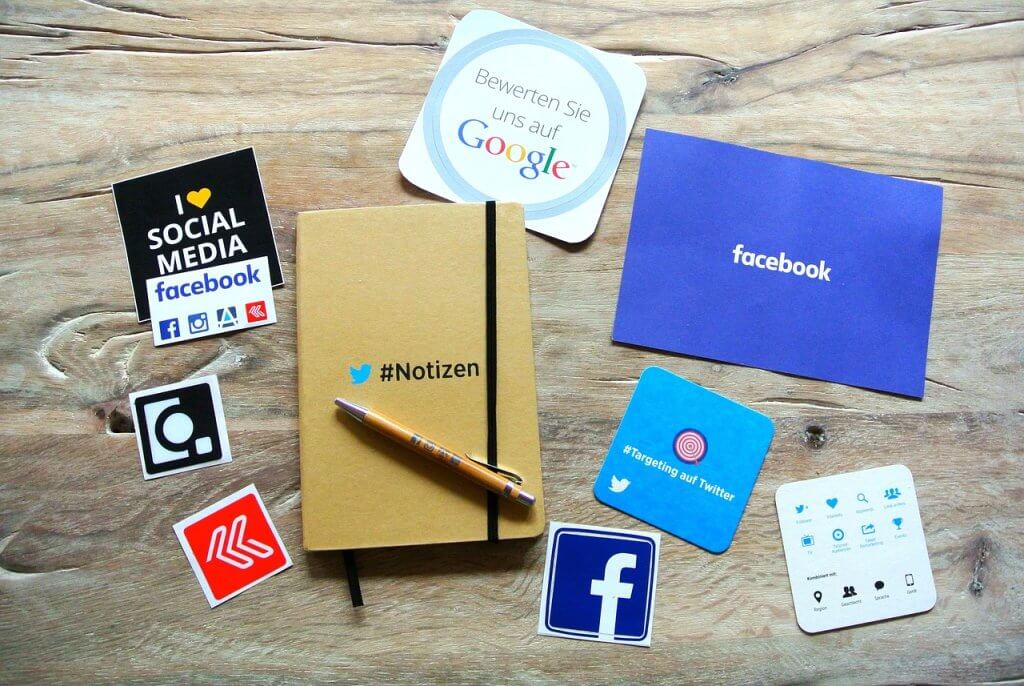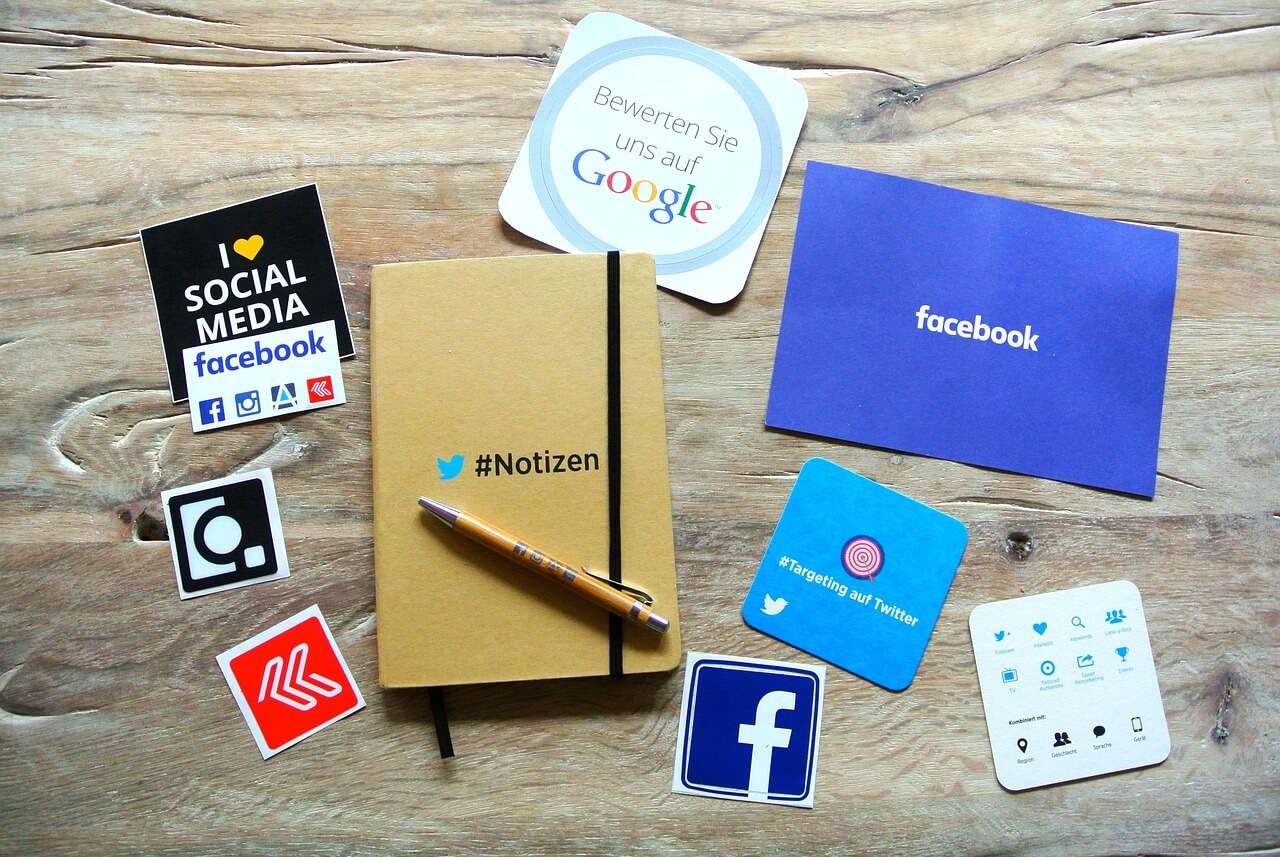The conflict between media supervision and corporate brands is a complex and subtle phenomenon in modern business society. This conflict is caused by the interweaving of multiple factors, including the media's own attributes and responsibilities, as well as the need to protect corporate interests and build brands. The following is an in-depth analysis of the reasons behind this phenomenon:

1. Information asymmetry and lack of transparency
Companies tend to hide information that is not conducive to their image in order to maintain their brand reputation, while the media is tasked with revealing the truth and promoting information transparency. When corporate information is not disclosed or is insufficiently disclosed, the media will use investigative reporting to reveal the problem in order to satisfy the public's right to know, which will naturally conflict with the positive image that the company hopes to present and cause confrontation.
2. Differences in value pursuit
The media pursues the authenticity of news and the maximization of public interests, while enterprises aim to make profits and pursue economic benefits and the improvement of social status. When certain actions or decisions of enterprises harm the public interest and violate laws and regulations, media exposure and criticism will be in direct conflict with the actions of enterprises to maintain their own economic interests and brand reputation.
3. Conflict of Interest
In some cases, media exposure may directly affect a company’s market performance, stock price fluctuations, and even its survival and development. In particular, for listed companies, negative reports may cause investors to panic and lead to a break in the capital chain. This direct economic loss makes companies tend to view media supervision as a threat rather than an external force that promotes their healthy development.
4. Media competition and commercial pressure
In the fierce market competition, in order to attract attention and increase ratings or click-through rates, the media sometimes use exaggerated headlines, one-sided reporting methods, and even go so far as to create a sensational effect. This practice may sacrifice the balance and objectivity of the reporting, resulting in unfair treatment of corporate brands and deepening the confrontation between the two sides.
5. Blurred lines between law and ethics
The legal and ethical boundaries between media supervision and corporate rights are sometimes unclear. When exercising their supervisory power, the media may touch upon sensitive areas such as corporate trade secrets and personal privacy, while companies may resist or fight back on the grounds of "protecting intellectual property rights" or "maintaining reputation rights," leading to legal disputes and exacerbating the confrontation between the two parties.
6. Public sentiment and social expectations
The public's expectations of companies are increasing, especially in terms of social responsibility, environmental protection, and fair competition. When the media exposes corporate misconduct, it often resonates with public sentiment, creates public pressure, and forces companies to respond. If companies handle it improperly, it will not only damage their brand image, but may also further provoke confrontation with the media.
7. Missing or ineffective communication mechanisms
Effective communication is the key to easing conflicts, but in reality, the communication mechanism between enterprises and the media is often not sound or poorly implemented. Enterprises may lack professional public relations teams to handle media relations, and the media may fail to give enterprises a reasonable opportunity to respond for various reasons, resulting in the accumulation of misunderstandings and conflicts.
in conclusion
The conflict between media supervision and corporate brands is the result of multiple factors, including structural problems and operational challenges. Solving this conflict requires joint efforts from both sides: companies should improve transparency, actively fulfill their social responsibilities, and establish an effective crisis public relations mechanism; the media should adhere to professional ethics and maintain objective and fair reporting. At the same time, both sides should strengthen communication and jointly build a new relationship based on mutual trust and cooperation to promote the healthy development of society.





